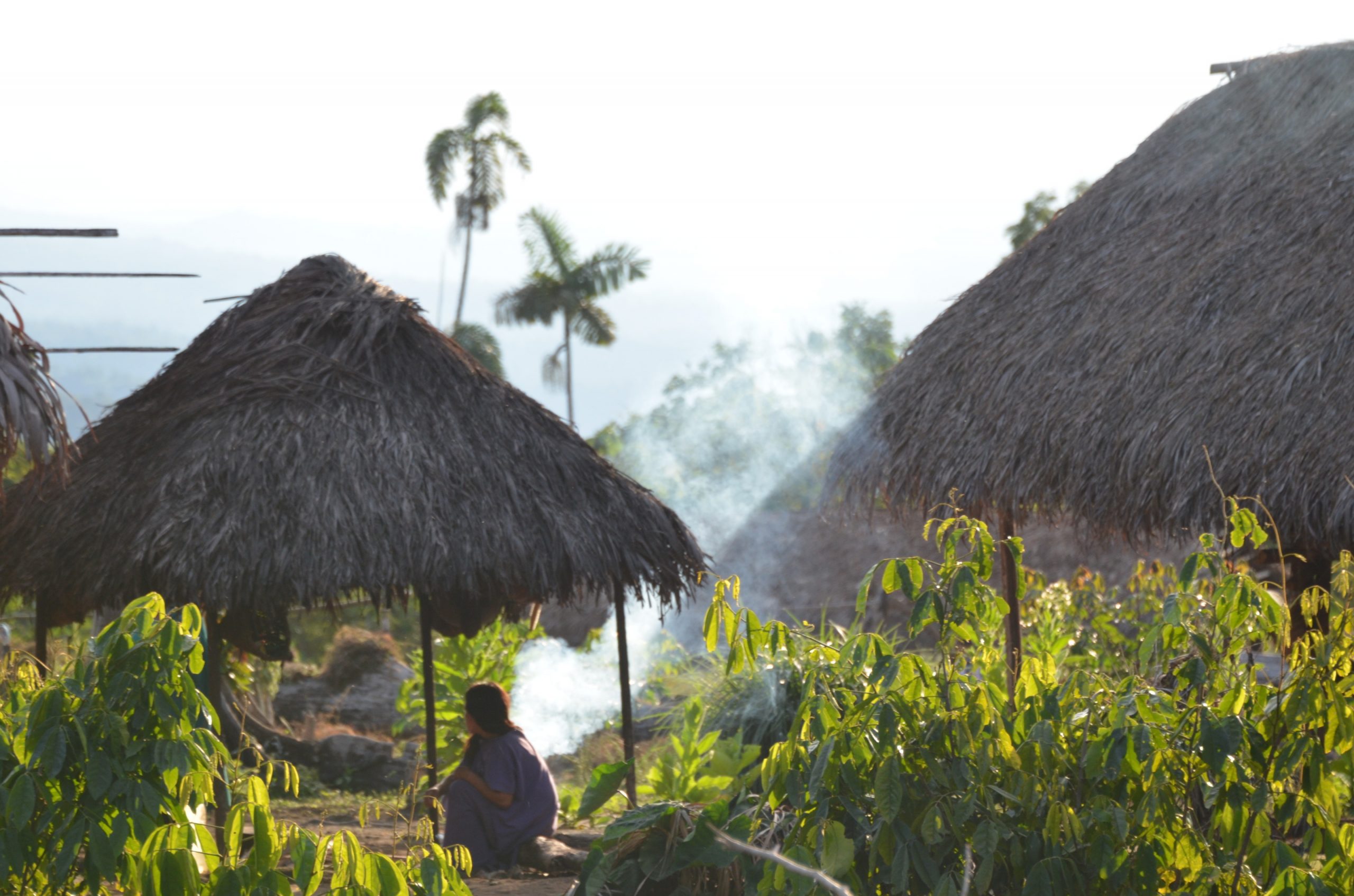‘A new relationship with nature’
8 lessons from the State of the World's Forests report.
“Ultimately, we need to foster a new relationship with nature, and we can achieve that together.”
Deforestation is all too often out of sight and out of mind. Except, that is, for the world’s 350 million people that call rainforest home. Reports like the newly released FAO’s State of the World’s Forests sound a vital alarm on behalf of Earth’s most vital ecosystems. It stresses an urgent need for effective climate action; one that benefits people and planet alongside rainforest.
Understanding and keeping track of the state of Earth’s forests has never been so important. And while the world’s attention is focussed elsewhere, we need to keep the conversation about conservation going.
However this report also identifies signs of hope. The rate of global forest loss is beginning to decrease and solutions that balance conservation and sustainable use of forest biodiversity do exist. The report emphasises the vital need for community-led approaches and the importance of indigenous and local knowledge of the best ways to protect nature.
Cool Earth works to enhance livelihoods whilst protecting the natural landscape, embodying the vital concept described of supporting local people to manage and protect their forests.
Together we can and must create a new and sustainable relationship with nature.
Key Takeaways from the Report
Biodiversity hotspots
Earth’s forests are home to the vast majority of all biodiversity found on land. With more than 60,000 different tree species, they provide habitats for 80% of amphibian species, 75% of bird species and 68% of mammal species. Plant species also thrive; around 60% of all vascular plants are found specifically in tropical forests.
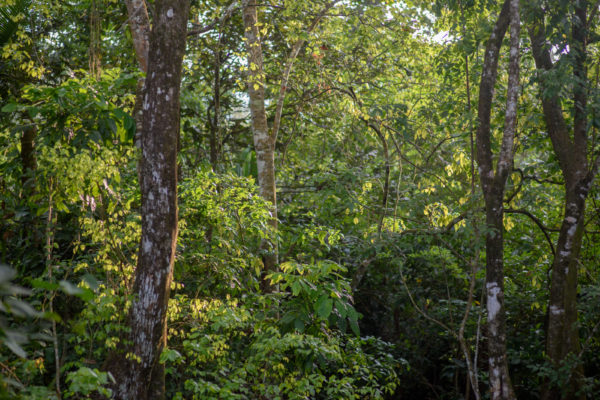
Get back on track
The world is not on course to meet the target of the UN Strategic Plan for Forests of increasing forest area worldwide by 3% by 2030. This is a vital target to meet, not only increasing the carbon storage of forests, but reducing the vast emissions from deforestation every day.
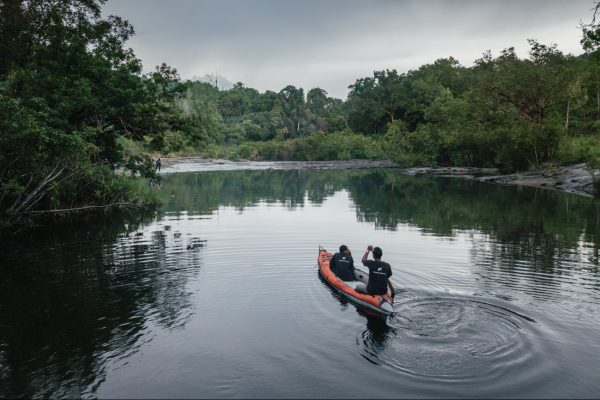

Little by little
An estimated 420 million hectares of forest has been lost through deforestation since 1990. However, this is showing signs of decreasing. Between 2015 and 2020, the rate of deforestation was estimated at 10 million hectares per year, down from 16 million hectares per year in the 1990s.
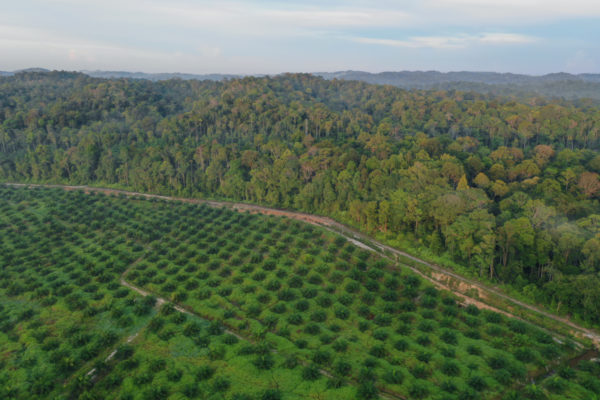

Farming and fragmentation
Responsible for 73% percent of deforestation worldwide, agricultural expansion continues to be the main driver of deforestation, forest fragmentation and the loss of forest biodiversity. We need to transform our food systems to halt deforestation and the loss of biodiversity.
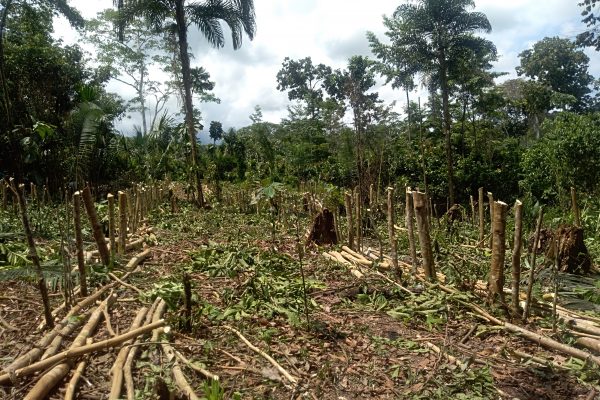

Alien species
Invasive plant and animal species are now considered one of the paramount causes of biodiversity loss. Invasive pests damage around 35 million hectares of forest annually[1]FAO,2010b. With a changing climate, scientists worry that this will continue to bring harm to endemic tree species, potentially wiping some rare plants from the face of the planet.
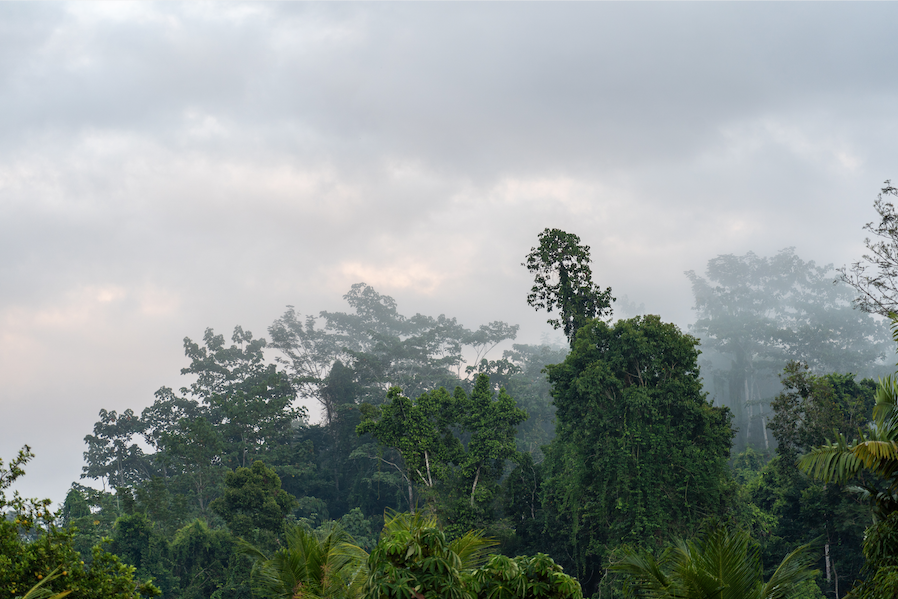

Covid-19
The increasing emergence of zoonotic diseases like Covid-19 has been linked to the continuing degradation of forest and subsequent encroachment of human populations. These not only harm the forest habitats, but, as we are seeing, harm people too; increasing human exposure to wildlife and elevating the risk of novel pathogens affecting the human world[2]Willcox and Ellis, 2006.
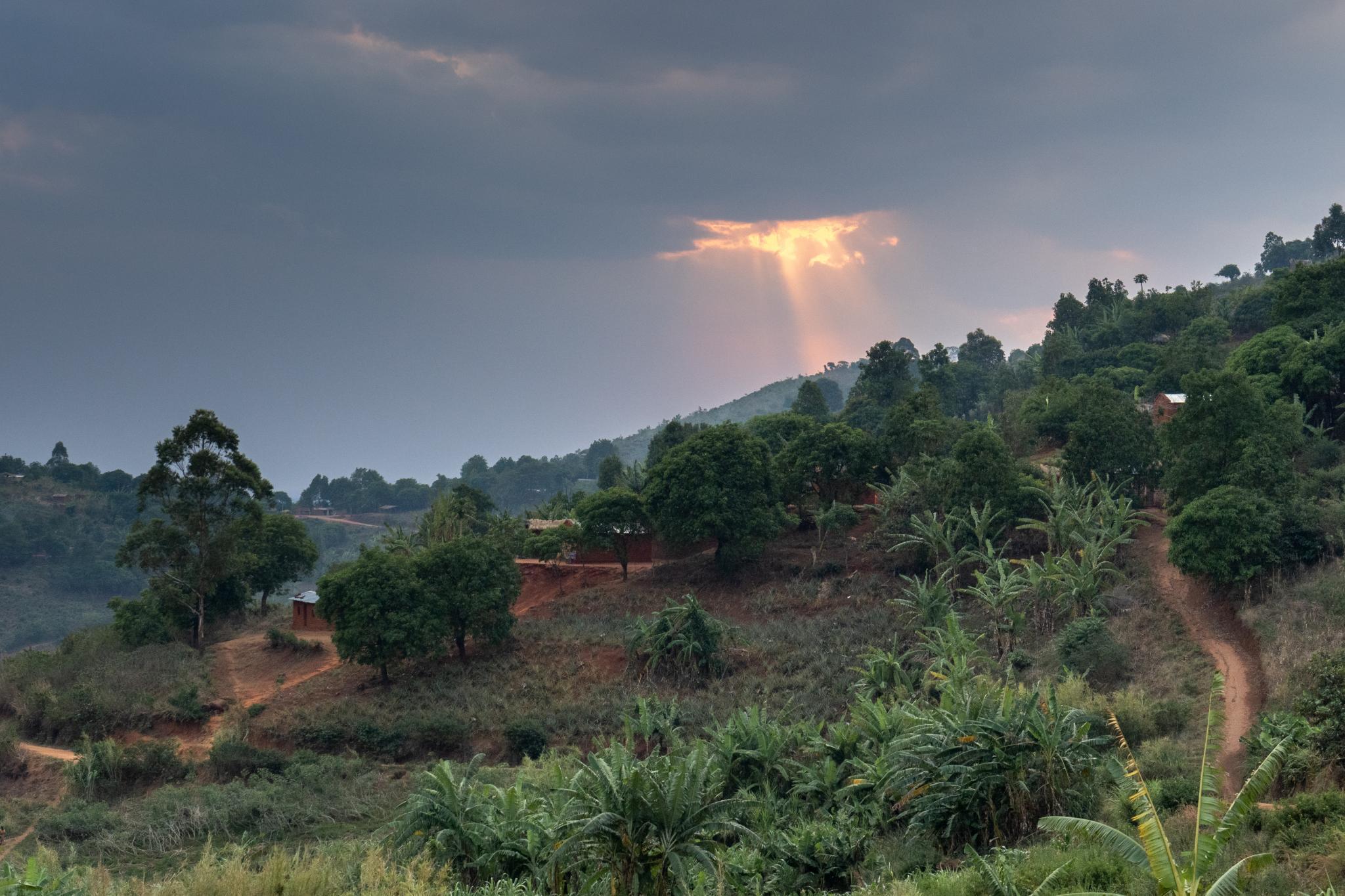

Out of sight, not out of mind
Despite environmental issues increasingly on the agenda, it is still all-too-easy to ignore in the everyday lives of many. But with the effects of climate change already a part of life for many of the world’s most vulnerable, we all must take action. It’s no longer if and when we make a change, it’s here and now.
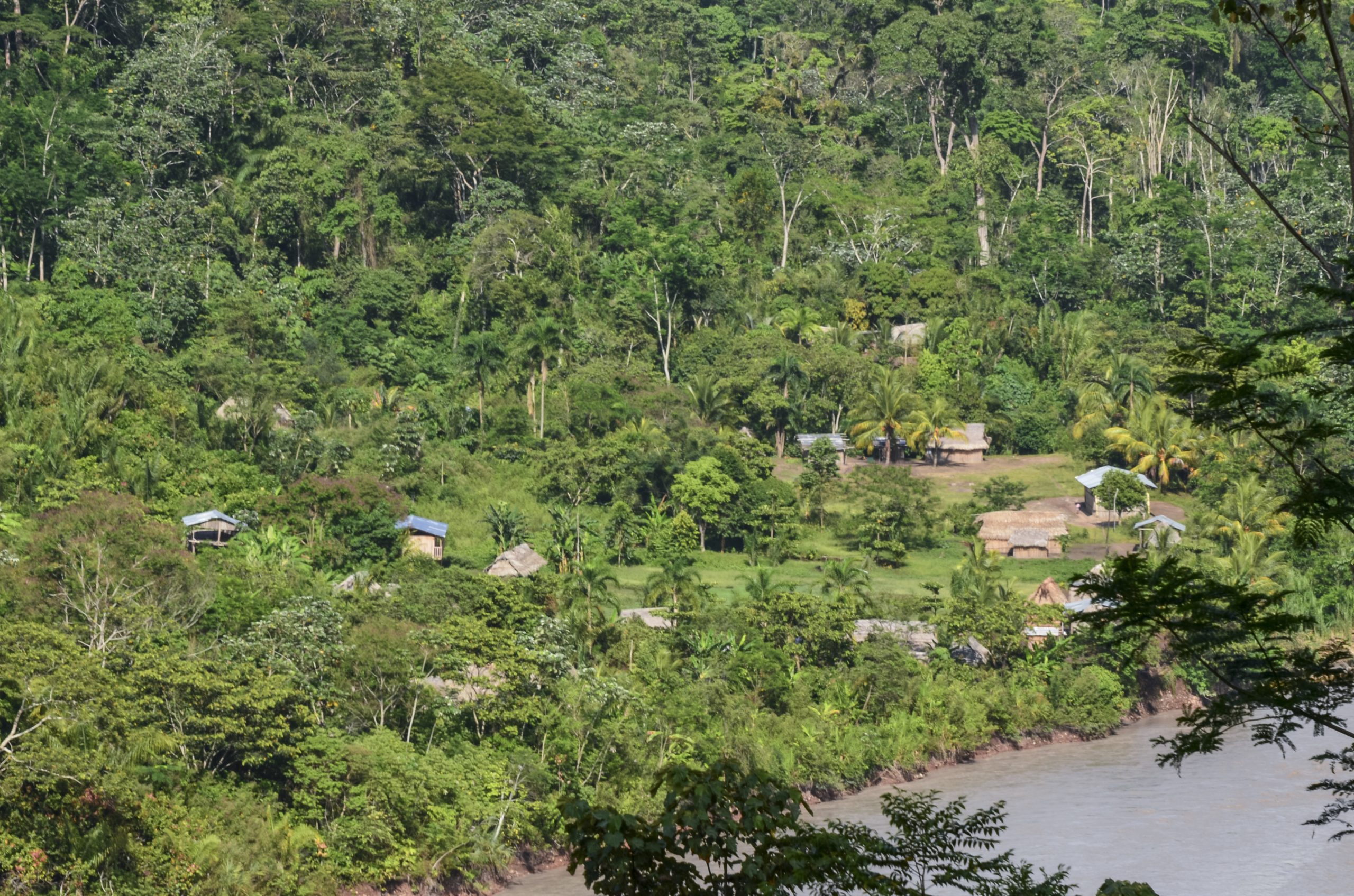

Together, there is hope
The rate of forest loss is beginning to decrease and solutions that balance conservation and sustainable use of forest biodiversity do exist. The importance of promoting and preserving indigenous rights and knowledge is becoming more widely known. We all have a part to play in making the next decade one of effective climate action. There’s much to be optimistic about, for people and planet.
